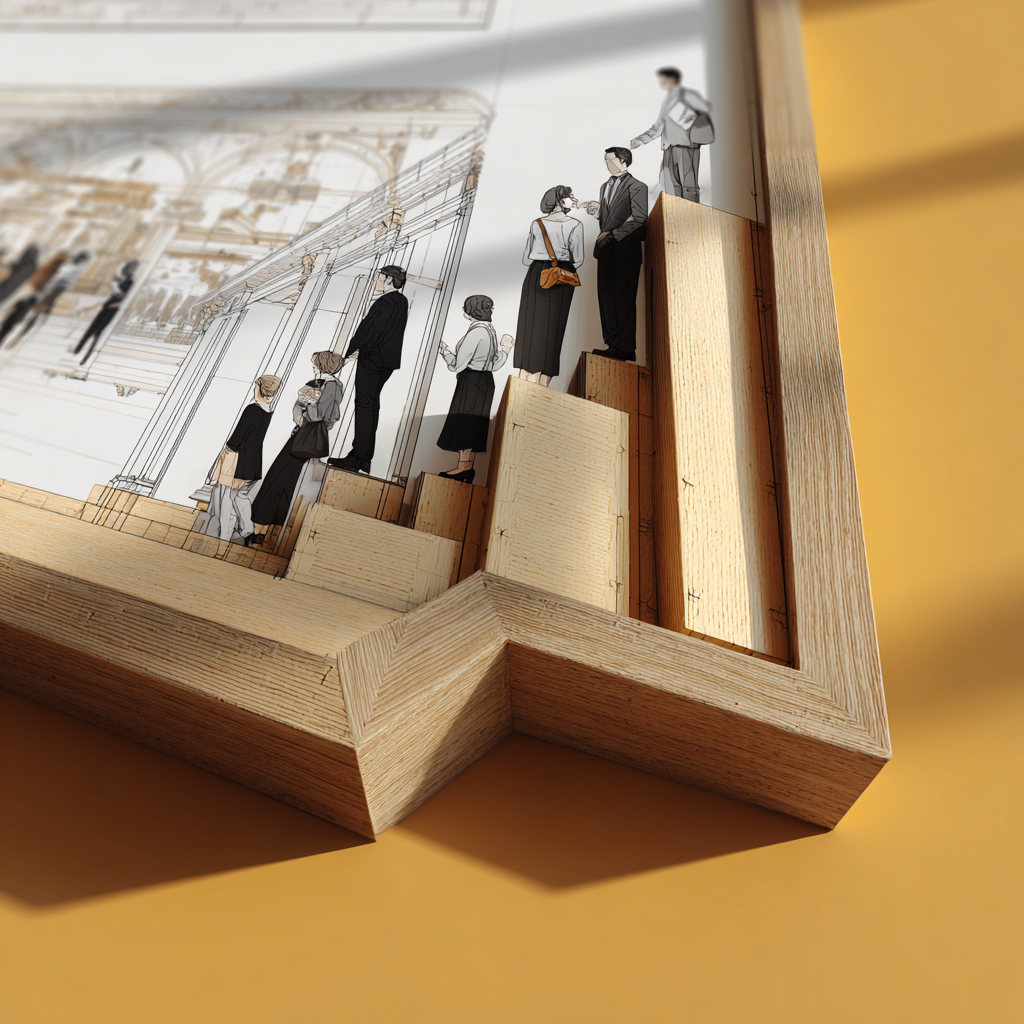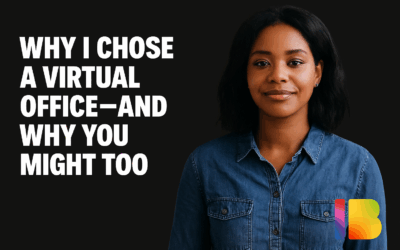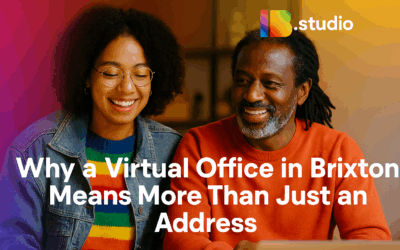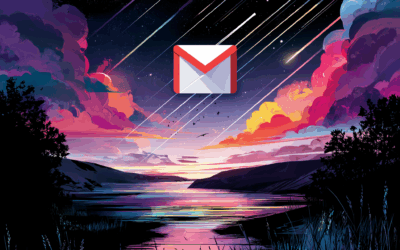We’re not running big paid ad campaigns. We’re not chasing followers on TikTok. We don’t even have a good social media strategy.
We’ve only focused on two things:
- Building a Community Launch System
- Leveraging SEO
And it’s finally working.
We’re doing something a little more old-school. And a lot more powerful:
We’re building a real community we’ve realised that our amazing member acquisition / retention is all down to our community
What prompted this reflection?
A conversation with Amnon, a founder and community strategist working out of Impact Brixton. He’s helping companies like WeRoad and Funding Circle build the kind of real-life communities that drive trust, retention, and growth.
We started talking because we’ve both seen something similar happening: marketers are worried. The old digital playbook isn’t delivering like it used to. And the trends are undeniable:
- Ad costs are rising
- Privacy walls are getting tighter
- People are spending less time online
- AI is eroding trust in what we see online
More people are actively trying to connect with others in real life. So the brands that are thinking ahead are asking:
How can we build trust, connection, and long-term loyalty in a world where digital alone isn’t working?
The Answer: Community That Shows Up
Community isn’t a soft metric anymore. It’s not a vibe. It’s not a WhatsApp group or a one-off event.
Done right, it’s a competitive moat. And in this age of algorithm fatigue and AI overload, it might be the only thing that sets your brand apart.
Let me put it this way: If you’re a travel brand trying to show off your trip experiences online, you’re now competing with thousands of AI-generated visuals. It’s harder than ever for people to tell what’s real, let alone build trust in your story.
But when you bring your customers together in a room—to share stories, swap advice, maybe just have a drink—they don’t just remember your brand. They experience it.
And when they experience it, they talk about it.
That’s the real engine of community: word-of-mouth at scale.
From Clicks to Connection at Impact Brixton
When I started building Impact Brixton, I didn’t just want it to be a co-working space. I wanted it to be a place where people could show up and belong.
But that doesn’t just happen because you open your doors. You have to build it—with intention.
Talking to Amnon helped me realise that what we’ve done at IB is what he now helps other companies do: design for belonging. Our monthly events, weekly rituals like Punch Club, and support programs like IB Create aren’t just community add-ons. They are the product.
They’re what make people stay. And tell others.
Most Companies Are Doing It Wrong
Here’s what Amnon said that stuck with me:
“Most companies think they have a community because people show up. But what they actually have is an audience.”
Big difference.
An audience is something you speak to. A community is something you build with.
And if you’re only thinking about your next event, you’re not thinking about community. Because people don’t show up for calendar invites. They show up for each other.
That’s the hard part. And it’s what most brands miss.
The Community Playbook (Coming Next)
Since that conversation, Amnon’s developed what he calls the Community Launch System. It’s a clear 5-part framework for companies that want to build community seriously.
In my next post, I’ll break it down. Because if you’re running events without a system, your community building might already be failing.
For now, I’ll leave you with this:
You can’t outsource belonging. AI Can’t Build Belonging. You have to design for it.
And if you’re feeling like your digital brand strategy is stalling, maybe it’s time to think less about funnels and more about circles.
More soon.
GVDP




